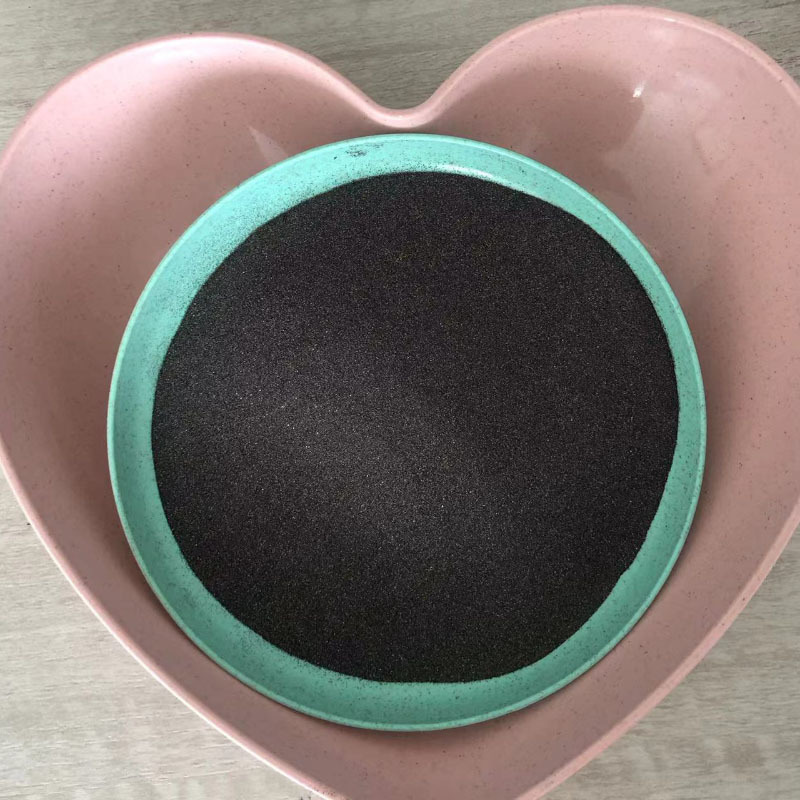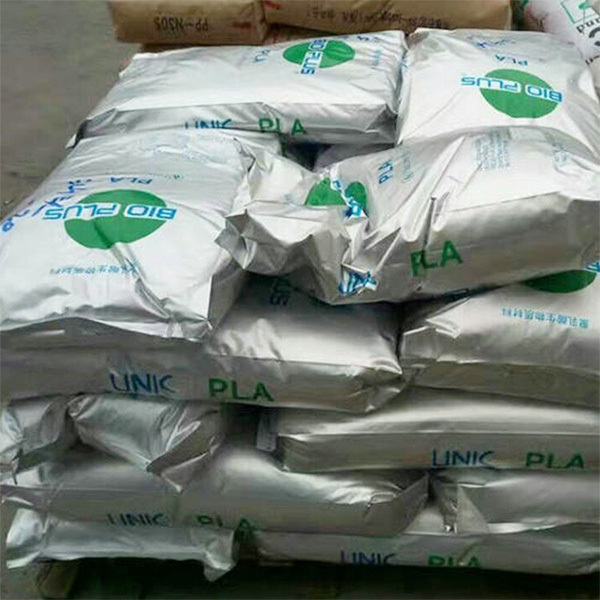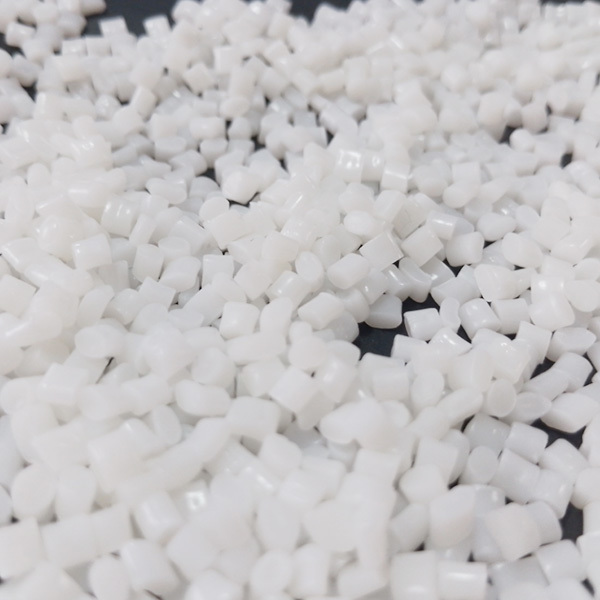Unlocking the Potential of PLA: A Comprehensive Guide to Plastic Raw Material
Release Time:
Jul 14,2025
Polylactic Acid (PLA) is an innovative plastic raw material that has gained significant attention in recent years. As a biopolymer, PLA is derived from renewable resources such as cornstarch or sugarcane, making it an eco-friendly alternative to traditional petroleum-based plastics. This characteristic alone positions PLA as a key player in the sustainable materials market, appealing to industries
Polylactic Acid (PLA) is an innovative plastic raw material that has gained significant attention in recent years. As a biopolymer, PLA is derived from renewable resources such as cornstarch or sugarcane, making it an eco-friendly alternative to traditional petroleum-based plastics. This characteristic alone positions PLA as a key player in the sustainable materials market, appealing to industries seeking to reduce their carbon footprint.
One of the standout features of PLA is its biodegradability. Unlike conventional plastics, which can take hundreds of years to decompose, PLA breaks down into harmless lactic acid under industrial composting conditions, typically within a few months. This rapid degradation process makes PLA an attractive option for packaging, single-use products, and other applications where sustainability is a priority.
PLA exhibits excellent mechanical properties, such as tensile strength and rigidity, which makes it suitable for a variety of applications. It is widely used in 3D printing, offering a low-cost and easy-to-use material for hobbyists and professionals alike. Additionally, PLA is utilized in the production of food packaging, disposable cutlery, and even medical implants, showcasing its versatility across different sectors.
The processing of PLA is relatively straightforward, as it can be extruded, injection molded, and thermoformed, similar to traditional plastics. However, it is essential to note that PLA has a lower melting point than conventional plastics, which can affect processing temperatures and methodologies. Users should consider this factor when designing products or components that require heat resistance.
Another significant benefit of PLA is its potential for integration with other materials. For instance, it can be blended with other biodegradable plastics or reinforced with natural fibers to enhance its properties. These composites can lead to improved performance while maintaining the eco-friendly advantages of PLA.
Furthermore, researchers are continually investigating ways to optimize PLA's characteristics, such as improving its barrier properties and enhancing its thermal stability. Innovations in PLA formulations will likely lead to new applications and expanded market opportunities, further solidifying its position in the world of new chemical materials.
In conclusion, PLA stands out as a transformative plastic raw material with a promising future. Its renewable origins, biodegradability, and versatile application potential make it an essential component in the ongoing quest for sustainable materials. As industries look to innovate and reduce environmental impact, understanding PLA and its capabilities will be crucial for those involved in the development of new chemical materials.
One of the standout features of PLA is its biodegradability. Unlike conventional plastics, which can take hundreds of years to decompose, PLA breaks down into harmless lactic acid under industrial composting conditions, typically within a few months. This rapid degradation process makes PLA an attractive option for packaging, single-use products, and other applications where sustainability is a priority.
PLA exhibits excellent mechanical properties, such as tensile strength and rigidity, which makes it suitable for a variety of applications. It is widely used in 3D printing, offering a low-cost and easy-to-use material for hobbyists and professionals alike. Additionally, PLA is utilized in the production of food packaging, disposable cutlery, and even medical implants, showcasing its versatility across different sectors.
The processing of PLA is relatively straightforward, as it can be extruded, injection molded, and thermoformed, similar to traditional plastics. However, it is essential to note that PLA has a lower melting point than conventional plastics, which can affect processing temperatures and methodologies. Users should consider this factor when designing products or components that require heat resistance.
Another significant benefit of PLA is its potential for integration with other materials. For instance, it can be blended with other biodegradable plastics or reinforced with natural fibers to enhance its properties. These composites can lead to improved performance while maintaining the eco-friendly advantages of PLA.
Furthermore, researchers are continually investigating ways to optimize PLA's characteristics, such as improving its barrier properties and enhancing its thermal stability. Innovations in PLA formulations will likely lead to new applications and expanded market opportunities, further solidifying its position in the world of new chemical materials.
In conclusion, PLA stands out as a transformative plastic raw material with a promising future. Its renewable origins, biodegradability, and versatile application potential make it an essential component in the ongoing quest for sustainable materials. As industries look to innovate and reduce environmental impact, understanding PLA and its capabilities will be crucial for those involved in the development of new chemical materials.
Keywords:
You Can Also Learn More About Industry Trends






